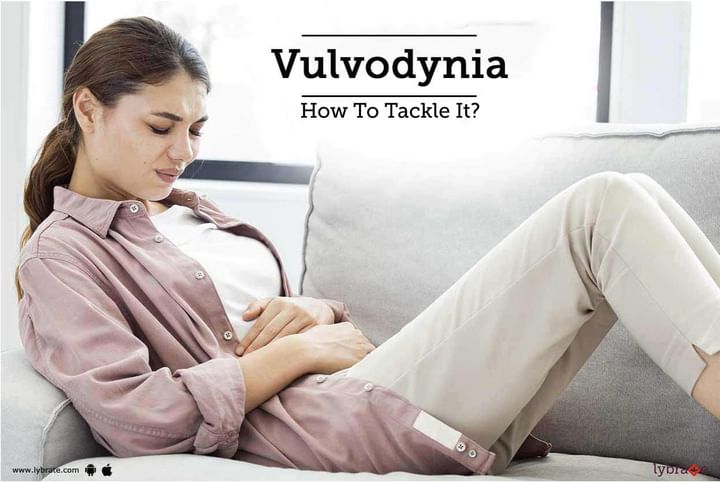Vulvodynia - How To Tackle It?
Vulvodynia refers to chronic pain in the vulva, a condition suffered by most women. Triggered generally by an unidentifiable cause, the pain was not considered as a real pain syndrome until of late. The ambiguity of the condition is such that many who do suffer from it fail to realize its complications.
There are primarily two types of Vulvodynia:
1. Generalized Vulvodynia: This is when the pain is all over the vulva, however different parts may pain at different times. It may be a constant pain or may occur occasionally.
2. Vulvar vestibulitis syndrome: The pain is in the vestibule area or the entrance of the vagina is known as vulvar vestibulitis syndrome. This kind of pain mostly exhibits a burning sensation and is triggered even by a slight touch. During intercourse the pain manifolds to extreme severity.
Although the cause of Vulvodynia is not known, doctors suspect the following reasons to be the contributing factors:
1. Nerve injury
2. Heredity
3. Yeast infections
4. Sexual abuse in the past
5. Muscle Spasm
6. Hormonal changes
Symptoms
1. Burning sensations
2. Aching or soreness
3. Itching
Treatment
Nowell versed cure is available for Vulvodynia, although certain self-care treatments can bring relief. Among the many, you need to figure out which method suits you best and choose accordingly. To discern the best method, you might have to try various different combinations. At the same time, it is extremely important to educate yourself about Vulvodynia and have a thorough knowledge about what it is all about. It is advisable that you maintain a record of the treatments which according to you suit you the most in order to avoid confusion. Some of the methods are given below:
1. Avoid products which might act as potential irritants near the vulva.
2. Do not put much pressure on the vulva. Avoid activities which might exert direct pressure on it.
3. Whenever it pains, try to soothe the area by soaking it in lukewarm water or applying ice on it.
4. Use medications like lidocaine to relieve pain.
5. Certain exercises might also help relax the area.
6. Biofeedback also helps relax the vaginal muscles and bring some relief.



+1.svg)
